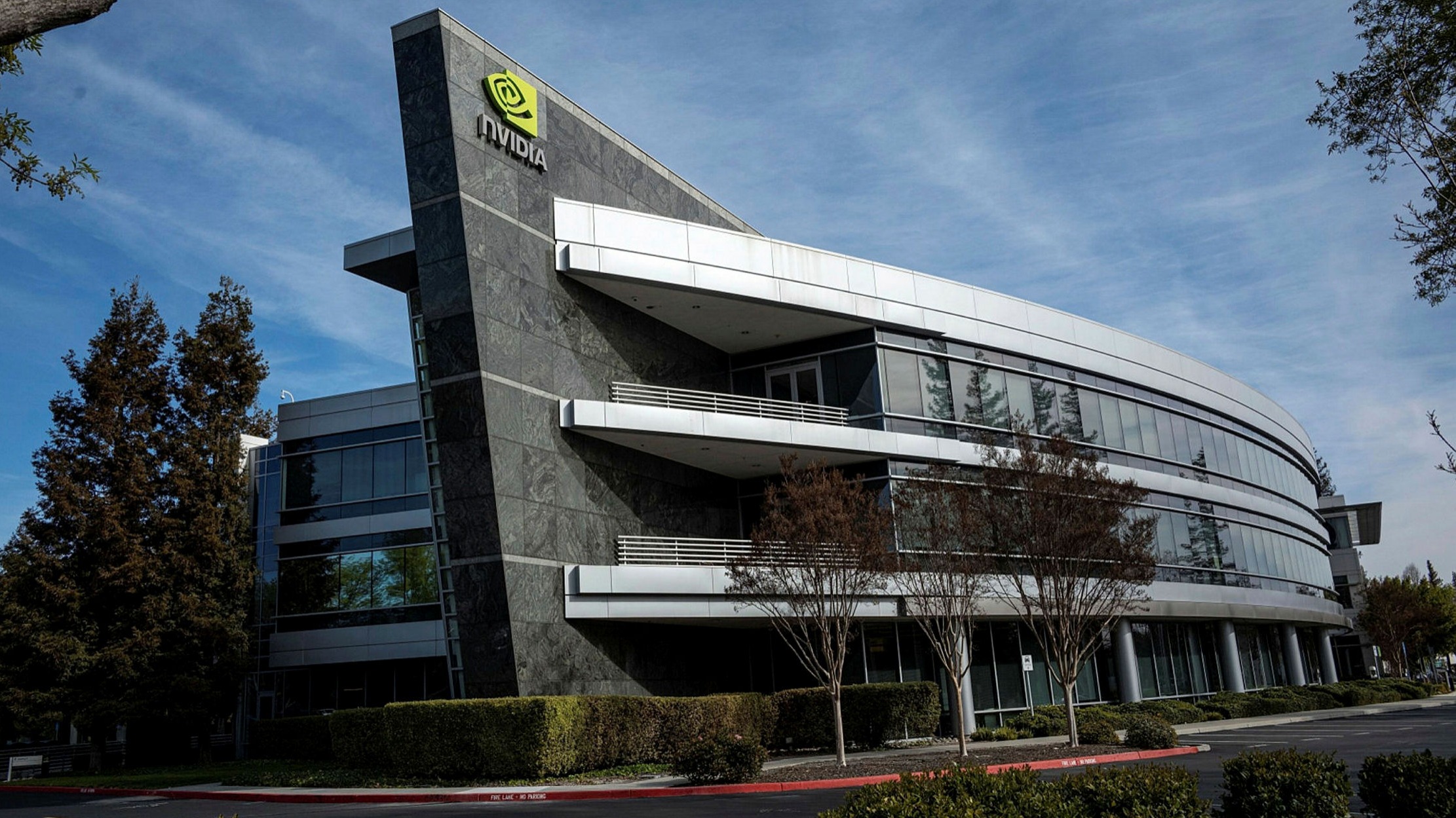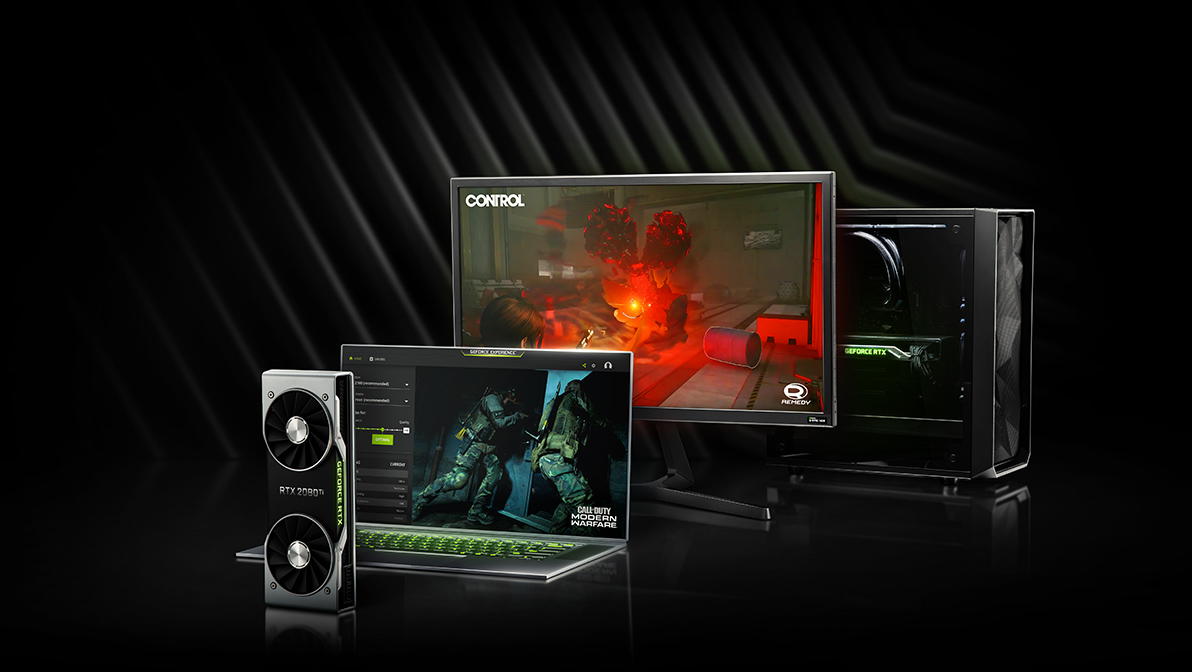AMD vs. Nvidia: Which Should You Buy?
It is becoming increasingly vital to have computers for business and personal use. Nvidia and AMD are two of the most important computer component suppliers.
Company Introduction: Nvidia Takes The Win
Nvidia started out creating graphics processing units (GPUs), but they are more than that now. Initially, their GPUs rendered 3D graphics and accelerated video, but now they power engineering simulations and data centre’s in addition to their continued use in video games. Moreover, Nvidia has entered the software market with its augmented reality (AR) and virtual reality (VR) solutions. The products of Nvidia can be found in many industries, from self-driving cars to medical research, providing it with protection from the risk of particular industry slumps.


AMD competes with Nvidia in the GPU segment, but also offers a broad hardware portfolio. Its Epyc processor powers data servers and is widely used by cloud services providers. In addition to holding more than 250 world records, it’s easy to see why it’s considered the most powerful data centre processor available. As AMD also makes processors for consumer computers, AMD’s business segments are less diverse than Nvidia’s.

Newer Products: 50/50
Each company presented new products at the Consumer Electronics Show (CES) earlier this month. Nvidia announced several new graphics cards and a driverless car solution based on Nvidia computers and sensors. To keep up, AMD also announced new graphics cards and CPUs. Each competitor, such as Intel, reacted differently the day after each company made its announcements at CES. Delving into what the market thinks about new products is one of the easiest ways to examine the financial impact of new products.
Valuation: AMD Wins
Nvidia’s high valuation is reflected in its price-to-earnings ratio. Nvidia and AMD are both fully optimized for profits, so investors can take their earnings figures at face value. With a PE ratio of more than 80, Nvidia is an expensive stock. AMD is more reasonably priced and defeats Nvidia from this perspective.
Financials: Nvidia Wins
The companies operate similar businesses. However, one company has higher financials. Nvidia and AMD each reported similar revenue growth in the third quarter, with Nvidia reporting 50% and AMD reporting 54% growth. When comparing margins, Nvidia is more enviable than AMD.
Its lower cost of revenue allows Nvidia to be more profitable, allowing it to invest more in new technologies while maintaining a healthy margin.
Conclusion
The most significant takeaway is that Nvidia has also moved into other fields, while AMD has stayed largely within its industry. This is reflected in Nvidia’s superior financials and affects how the market values each stock. Despite AMD’s solid performance, Nvidia’s superior vision and product pipeline make it the superior investment. The Better Buy would be Nvidia.

Original Source: The Motley Fool


